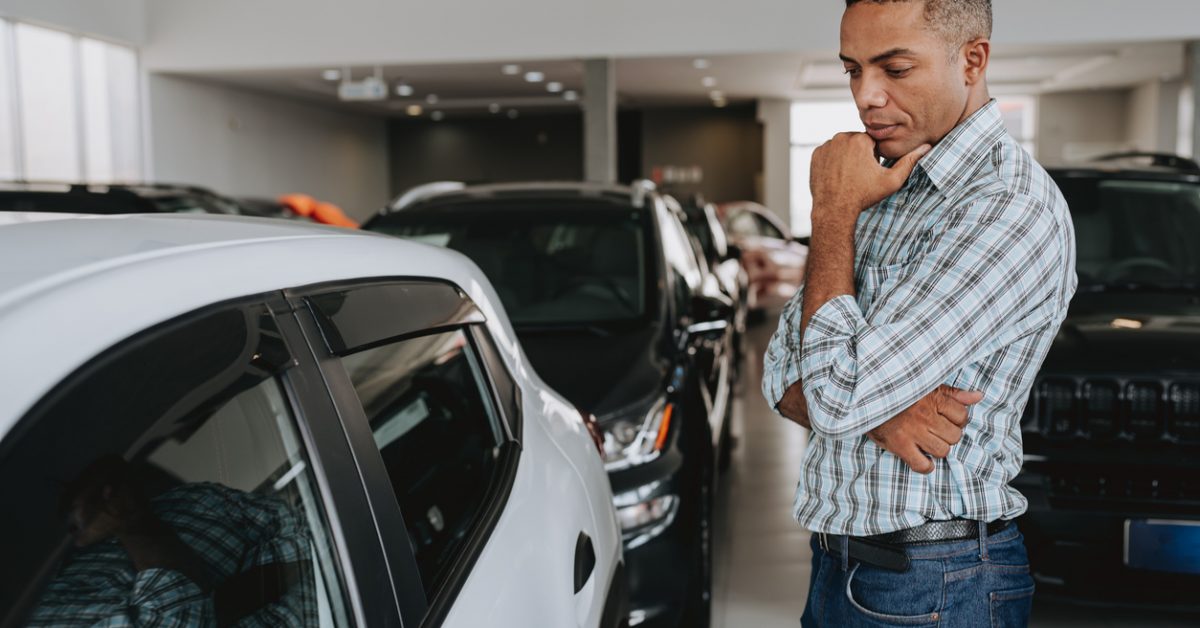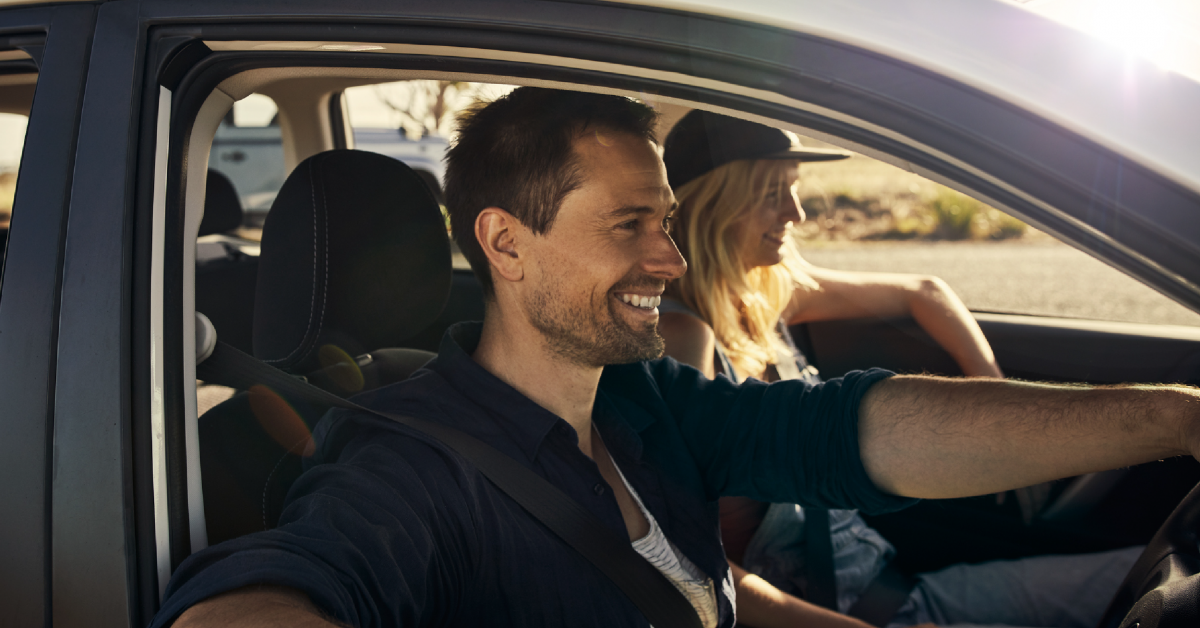The next time you plan to buy a car, you’ll likely come across two main loan types – secured and unsecured car loans.
While both can help you get behind the wheel, there are key differences that can affect your interest rate, loan amount and flexibility.
What is a secured car loan?
A secured car loan uses the vehicle you’re buying as collateral. That means if you can’t repay the loan, the lender has the right to repossess the car to recover their money. Because this reduces the lender’s risk, secured loans usually come with lower interest rates.
Imagine that Daniel wants to buy a new Toyota Corolla worth $30,000. He applies for a secured car loan and the lender approves the full amount, using the car as security. This gives Daniel access to a lower interest rate and a higher chance of approval.
What is an unsecured car loan?
An unsecured car loan doesn’t require any collateral. The lender relies on your credit history, your income and other factors to decide whether to approve the loan. Because there’s more risk to the lender, interest rates are usually higher and borrowing limits may be lower.
Imagine that Jasmine wants to buy a second-hand Toyota Corolla from a private seller for $10,000. Because the vehicle is older, lenders may not accept it as security, so Jasmine needs to take out an unsecured loan instead. This means she has to pay a higher interest rate than Daniel, but gives her the freedom to buy the car she wants.
Which option is right for you?
If you’re buying a new or near-new vehicle from a dealership, a secured loan might be the better choice – lower rates and higher borrowing limits can make it more affordable. But if you’re buying an older vehicle or want more flexibility in how you use the funds, an unsecured loan might be a better fit.
Choosing the right loan is just as important as choosing the right car. If you need help deciding which option suits your needs, contact your broker.







